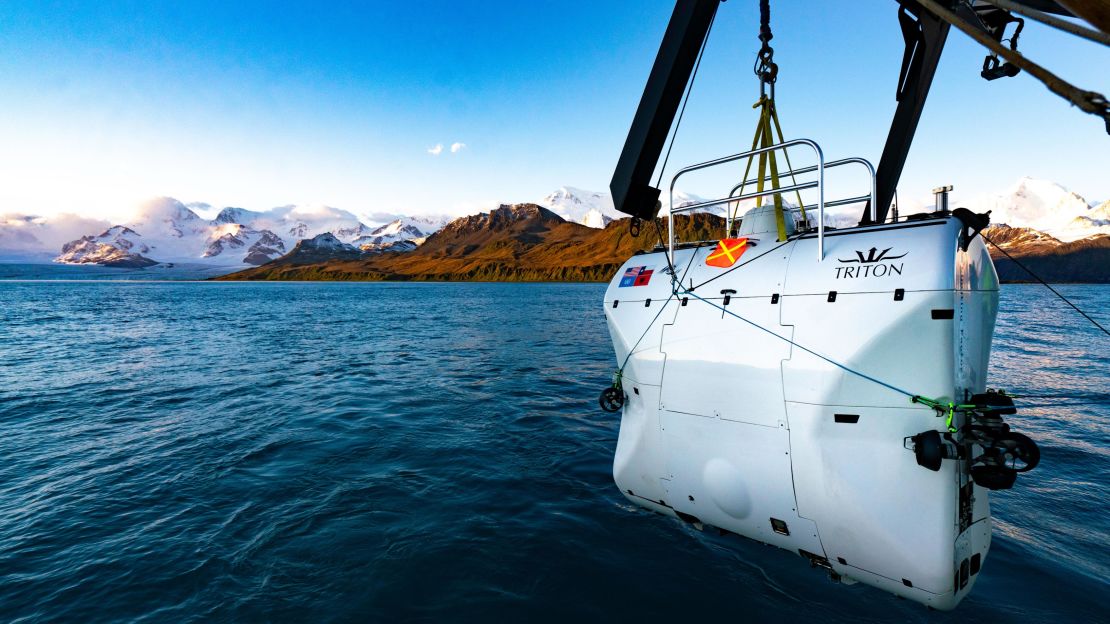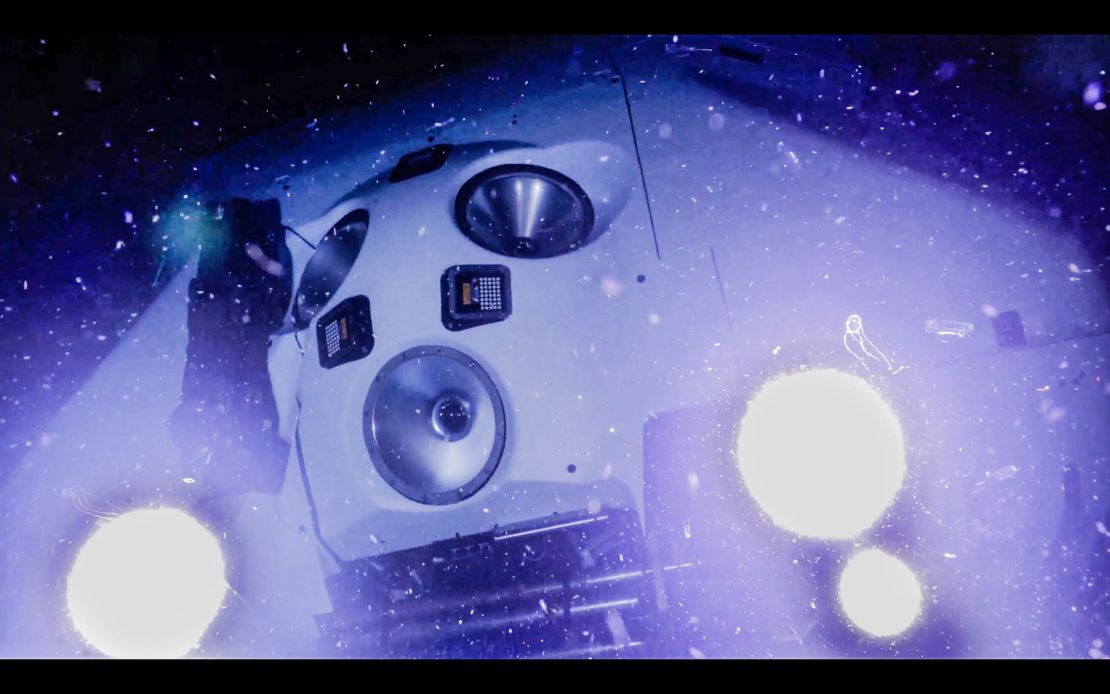An American undersea explorer has completed what is claimed to be the deepest manned sea dive ever recorded – returning to the surface with the depressing news that there appears to be plastic trash down there.
Victor Vescovo journeyed 10,927 meters (35,853 feet) to the bottom of the Challenger Deep , the southern end of the Pacific Ocean’s Mariana Trench, as part of a mission to chart the world’s deepest underwater places.
Making multiple trips nearly 11 kilometers, or seven miles, to the ocean floor – one of them four hours in duration – Vescovo set a record for the deepest solo dive in history, his team said. The previous record was held by “Titanic” director James Cameron in 2012.
As well as four new species that could offer clues about the origins of life on Earth, Vescovo said he observed a plastic bag and candy wrappers at the deepest point on the planet. His team later said tests were ongoing to determine what exactly he saw, but it’s believed to be man made.
Details of the voyage, made May 1, were released for the first time on Monday.
Vescovo, a 53-year-old financier with a naval background, tells CNN Travel his journey to the depths was about testing the limits of human endeavor as much as scientific discovery.
“Going to the extremes I believe is a natural inclination of man,” Vescovo he says.
“I think it is a wonderful part of human nature that makes us want to push ourselves to the limits, which has helped propel us as a species to where we are now.”
Underwater odyssey

His voyage, in a submersible named The Limiting Factor, is part of a landmark odyssey into the world’s watery depths that’s being filmed for Discovery Channel – dubbed the Five Deeps Expedition.
The expedition’s mission is to conduct detailed, sonar mapping missions at the five deepest spots in our oceans. As well as the Mariana Trench, it’s now completed surveys of the Atlantic Ocean’s Puerto Rico Trench, the South Atlantic’s South Sandwich Trench and the Java Trench in the Indian Ocean.
Next up is a trip to the bottom of the as-yet unexplored Molloy Deep in the Arctic Ocean, due to be completed in August 2019.
The ocean depths represent some of the least explored and remote places on the planet. The Mariana Trench is deeper than Mount Everest is tall.
A key mission objective was to capture video evidence of what was at the bottom of the Challenger Deep, which was first explored in 1960 by oceanographers Don Walsh and Jacques Piccard in submersible called Bathyscaphe Trieste.
“I criss-crossed all over the bottom looking for different wildlife, potentially unique geological formations or rocks, man-made objects, and yes, trying to see if there was an even deeper location than where the Trieste went all the way back in 1960,” Vescovo says.
Discoveries in the Challenge Deep included “vibrantly colorful” rocky outcrops that could be chemical deposits, prawn-like supergiant amphopods, and bottom-dwelling Holothurians, or sea cucumbers.
The team said its scientists were going to perform tests on the creatures found to determine the percentage of plastics found in them.
Challenges and achievements

The expedition’s chief scientist, Alan Jamieson, spoke to CNN Travel back in April about the discovery of a jellyfish-like creature in the Indian Ocean and the mapping process.
“So far, we’ve made up something like 150,000 square kilometers of deep sea floor now – and we’re only halfway through it. Those maps, once we’ve processed them and cleaned them up, they will get put on online repositories, so they will be made available to anyone who wants to use them,” said Jamieson.
Vescovo says he’s proud of these scientific finds – and also that the team’s got a submersible that’s up for the challenge. The Limiting Factor is described as the world’s first two-person, titanium-hulled submersible fully tested to 120% of full ocean depth.
“It is very important to us that we show some initial scientific discoveries, just to give a small sample of what we could do if the sub was in the hands of a professional research organization,” says Vescovo.
“That is my sincere hope – to sell the system to an institute, government, or individual, that can use the whole diving system to advance marine science for decades to come.”
Spending four hours scouring the sea floor, Vescovo also took time to enjoy the moment.
“Honestly, towards the end, I simply turned the thrusters off, leaned back in the cockpit, and enjoyed a tuna fish sandwich while I very slowly drifted just above the bottom of the deepest place on earth, enjoying the view and appreciating what the team had done technically,” he recalls. “It was a very happy, peaceful moment for me. And then I came up.”









